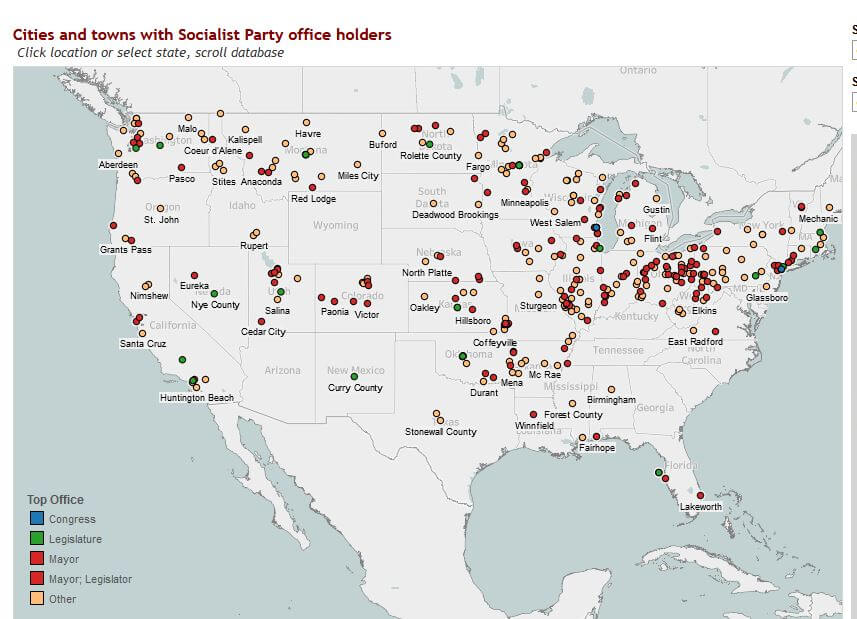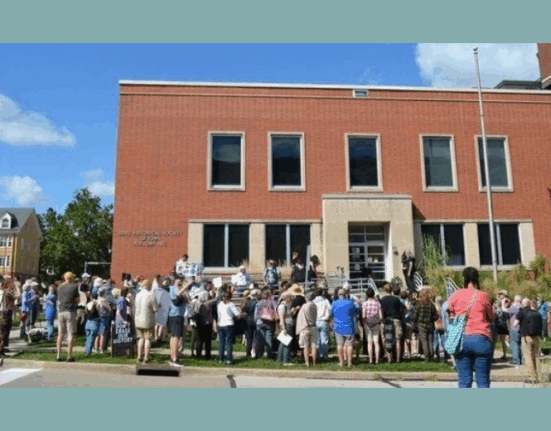Duke University Press is allowing us to offer free access for three months to James Gregory’s provocative new essay “Remapping the American Left: A History Of Radical Discontinuity.”
The essay is based on his Labor and Working Class History Association Presidential Address and derives from his Mapping American Social Movements Project, which has mapped the major social movements of the twentieth century including a great variety of campaigns, political projects, and media outlets.
Gregory’s key points, listed below, should provoke debate and discussion. Its limits will surely arise from asking about the the relationship between mapping, a vital and essential teaching tool, and interpretation. There are two key conclusions that Gregory draws on that should be highlighted:
1) Because the Left has not had its own political party in most of the period under consideration, there has been more flexibility but less continuity and stability in the formations of the Left. This amounts to an undermining of any notions of Left traditions; instead we have reinventions.
“The organizations of the American Left come and go, flourishing for a time, sometimes making important impacts on policy, public discourse, and cultural production, then withering, only to be replaced at some later point by a new Left based in different organizations, with potentially different demography, geography, and ideological agendas.
2) The possibilities of pushing the Democratic Party to the left underlie the essay’s conceptual framework. Drawing on Doug Rossinow’s and Max Krochmal’s (among others) nostalgic version of a history of alliances between radicals and reformers, the potential of the Party is stressed in the final parts of the essay.
–Rosemary Feurer, Labor Online editor







